Eat Your Way to a Better Mood? Here’s How It Actually Works
I’ve been deep in the world of nutrition for a long time, and early on, I was all about physical performance. But I couldn’t ignore a pattern that kept showing up. When my clients started eating better to fuel their workouts, something else happened—their minds got sharper, and their moods just seemed… steadier. It was a huge lightbulb moment for me. Food isn’t just calories; it’s a set of instructions you send to your brain and body every single day.
In this article
So, this guide is built on that simple truth. It’s not a list of magical “happy foods” or a quick fix. Honestly, those don’t really exist. Instead, this is a real-world look at how what’s on your plate genuinely affects your state of mind, and how you can use that knowledge in your own kitchen.
But let’s get one thing straight right from the start. Food is an incredibly powerful tool, but it’s not a substitute for professional medical care. If you’re dealing with clinical depression or anxiety, please, always work with a doctor or a mental health professional. Think of this guide as a supportive partner to that care, not a replacement.

The ‘Why’ Behind Food and Your Mood
Before we jump into the grocery list, it helps to understand what’s happening behind the scenes. Your brain runs on chemical messengers called neurotransmitters, which manage everything from your motivation to your sense of calm. The big names you’ve probably heard of are dopamine (the ‘get up and go’ chemical) and serotonin (the ‘feel good’ mood stabilizer).
Your body can’t just make these out of thin air. It needs raw materials from the food you eat. It’s like a workshop: no wood, no table. No key nutrients, and your brain’s messaging system starts to sputter.
Your Gut: The Second Brain
One of the most fascinating discoveries in wellness is the gut-brain axis. It’s a constant, two-way highway of communication between your digestive system and your brain. And guess who the main traffic controllers are? The trillions of bacteria living in your gut—your microbiome.
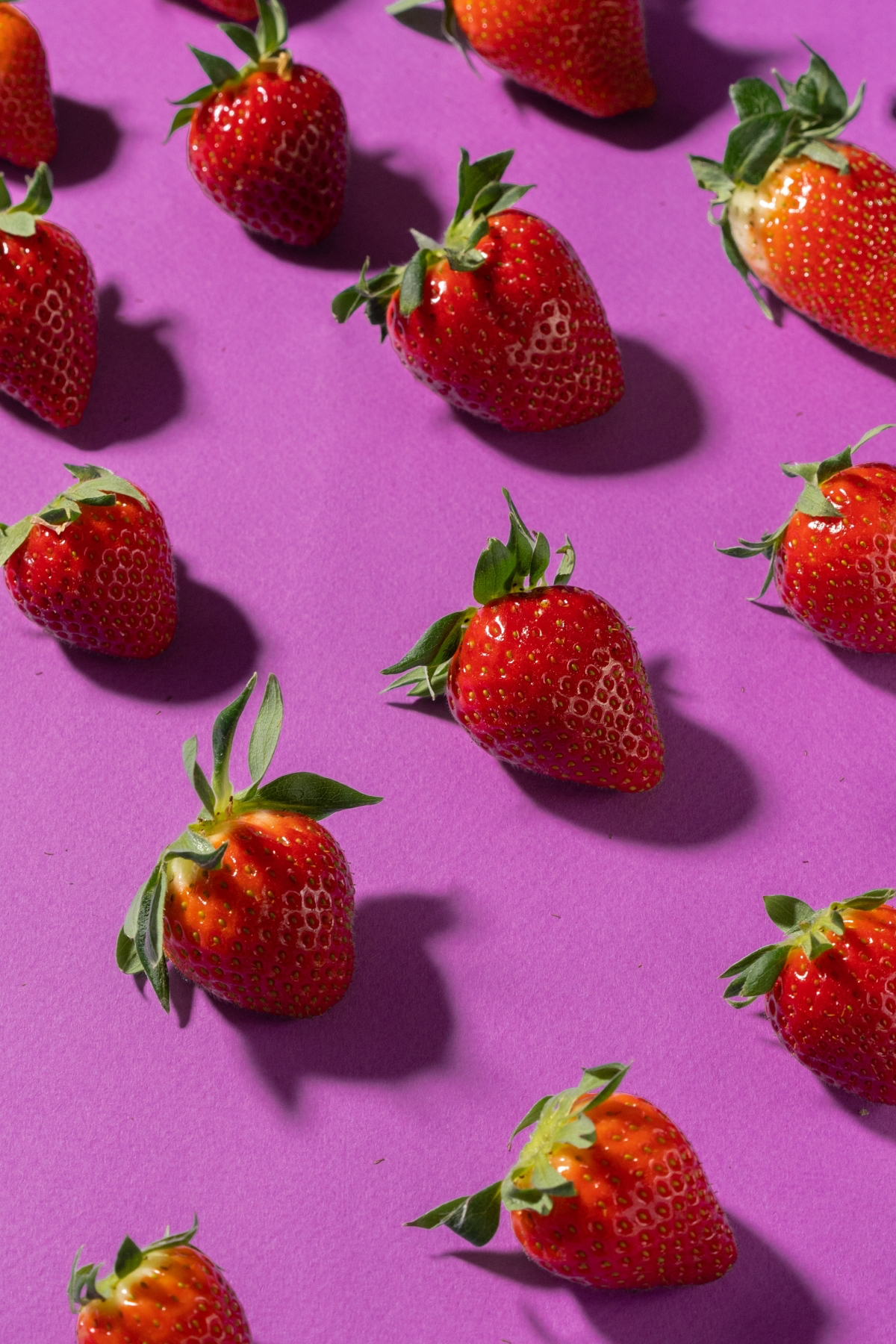
A happy gut does more than just digest your lunch; it actually produces a huge chunk of your body’s serotonin. So when your gut health is off, the signals getting sent to your brain can get scrambled, leading to that sluggish, foggy, or low feeling. Taking care of your gut is, without a doubt, one of the most direct ways to take care of your brain.
Fighting Off Brain Fog with Food
Inflammation is your body’s natural 911 response. A little bit is good. But chronic, low-grade inflammation—often fueled by a diet high in sugar and processed junk—is a different story. This constant state of alert can mess with your brain, interfering with neurotransmitter production and making you more vulnerable to mood issues. The good news? Many of the foods we’re about to cover are fantastic at calming this fire down.
The Blood Sugar Rollercoaster
Ever feel super irritable and fuzzy-headed a couple of hours after a donut or a big bowl of pasta? Yep, that’s a blood sugar crash. Simple sugars give you a massive spike in energy, followed by a hard and fast plummet. This up-and-down chaos directly impacts your mood and focus. The fix is choosing foods with plenty of fiber, which provide a slow, steady release of energy. It’s one of the simplest and most effective ways to keep your mood on an even keel.

Your Brain-Boosting Food Shopping List
Okay, let’s get to the good stuff. Here are the key foods that can make a real difference, plus some pro tips on how to actually use them.
1. Oily Fish for Brain-Building Fats
The Gist: Your brain is mostly fat, and it absolutely loves omega-3 fatty acids, especially DHA and EPA. These fats are building blocks for your brain cells and are amazing at fighting inflammation. The general recommendation is to aim for about two 4-ounce (around 115g) servings of oily fish per week.
Pro Techniques: The delicate fats in fish like salmon, mackerel, and sardines can be damaged by super high heat. So instead of frying, I always recommend baking, poaching, or steaming. My go-to method for salmon is to bake it on a sheet pan at 400°F (200°C) for just 12-15 minutes. It’s done when it flakes easily with a fork. It’s simple and preserves all the good stuff.

Budget-Friendly Tip: Let’s be real, fresh wild-caught salmon can be pricey. Canned salmon, sardines, and mackerel are your best friends here. They are just as nutritious, already cooked, and cost a fraction of the price—usually around $3 to $5 a can. I toss them in salads or make quick patties for lunch.
Heads up! Larger fish like swordfish and some tuna can be higher in mercury. It’s generally a good idea to stick to smaller fish like salmon and sardines. If you’re pregnant or planning to be, definitely chat with your doctor about the best choices for you.
2. Fermented Foods for a Happy Gut
The Gist: These foods are loaded with probiotics—the good bacteria that support your gut microbiome, which in turn helps produce that all-important serotonin. Just remember, not all pickled foods are fermented. You’re looking for foods made through natural bacterial growth, not just soaked in vinegar.
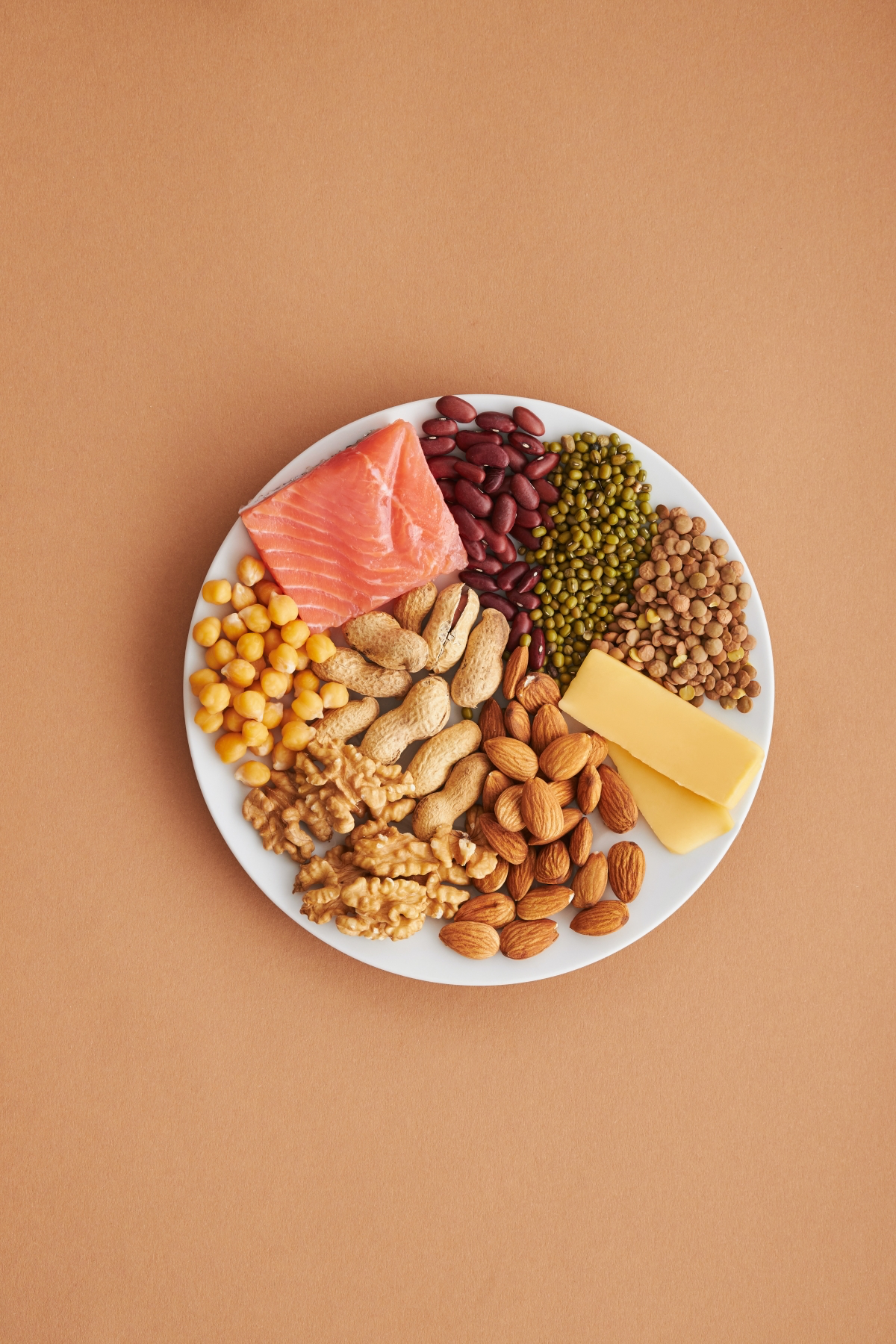
Pro Techniques: Quality matters here. For yogurt and kefir, look for “live and active cultures” on the label. For things like sauerkraut and kimchi, the good stuff is almost always in the refrigerated section of the grocery store (you can find great options at places like Trader Joe’s or your local health food store). The shelf-stable jars have usually been heat-treated, which kills the probiotics.
Curious to DIY? Making your own sauerkraut is surprisingly easy and incredibly cheap. Seriously, all you need is a head of cabbage, some salt, and a clean jar. A quick search online for a beginner’s recipe will walk you through it.
3. Berries & Dark Fruits for Antioxidant Power
The Gist: The deep, rich colors in blueberries, blackberries, and even cherries are a clue—they are packed with antioxidants called flavonoids. These little warriors protect your brain cells from damage and stress, kind of like rust-proofing for your brain.
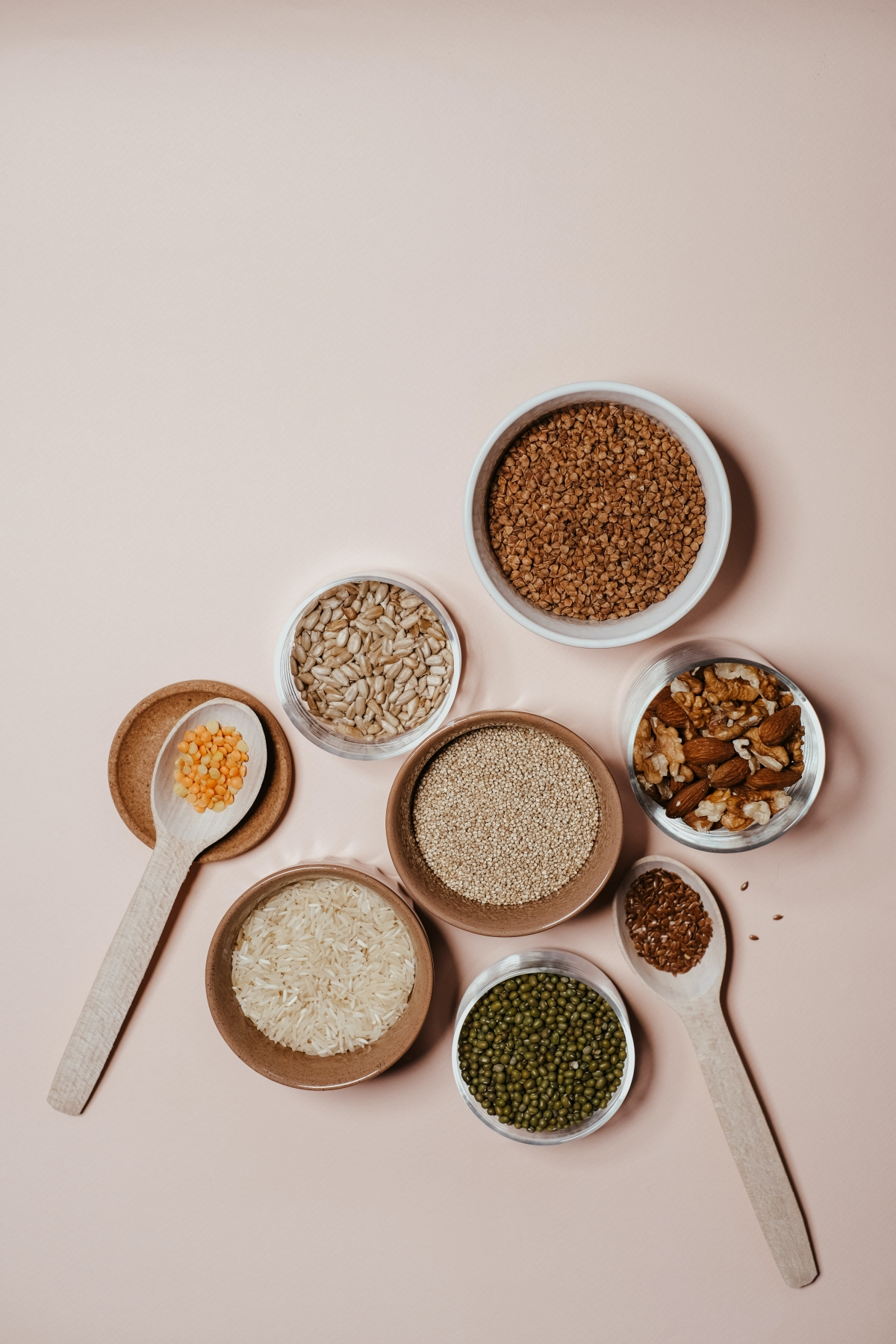
Pro Techniques: Here’s a secret: frozen berries are just as nutritious as fresh, and sometimes even more so! I always have a big bag of frozen mixed berries (usually $8-$12 at most supermarkets) in my freezer. They’re perfect for smoothies, stirring into oatmeal, or making a quick, sugar-free fruit sauce by just heating them in a pot until they break down.
Save Money: When berries are in season, buy them in bulk from a local farm and freeze them yourself. Just spread them on a baking sheet to freeze individually before tossing them in a bag. No more giant frozen berry-clump.
4. Leafy Greens for a Key Mood Vitamin
The Gist: Greens like spinach, kale, and Swiss chard are loaded with folate (Vitamin B9). Your brain needs folate to build those crucial neurotransmitters, dopamine and serotonin. Low folate levels are consistently linked to low moods.
Pro Techniques: The biggest complaint I hear is that greens go bad so fast. The trick is to wash and dry them thoroughly as soon as you get home (a salad spinner is your best friend). Then, store them in a container with a paper towel to absorb moisture. This can give you several extra days.
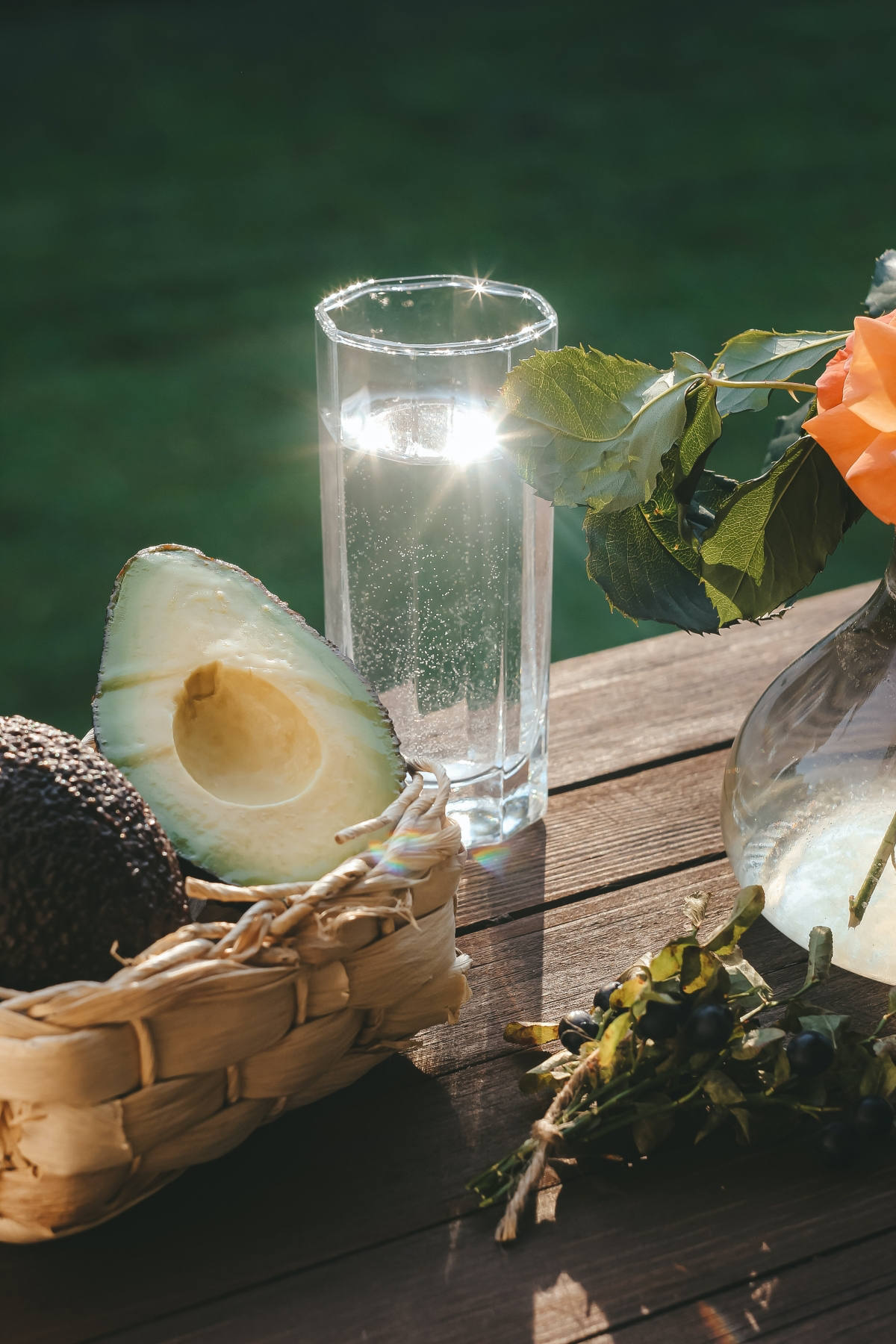
Lesser-Known Trick: If you find raw kale too tough or bitter, try massaging it! Drizzle a little olive oil and a squeeze of lemon juice on the leaves and work it in with your hands for a minute. It sounds weird, but it tenderizes the leaves and makes them delicious.
5. Nuts & Seeds for Minerals and More Good Fats
The Gist: Walnuts are famous for their plant-based omega-3s. Almonds are full of magnesium, a mineral involved in mood regulation. And pumpkin seeds are a great source of tryptophan, the amino acid that is the direct precursor to serotonin.
Pro Techniques: The healthy fats in nuts and seeds can go rancid. I always store mine in an airtight container in the fridge to keep them fresh. For an amazing flavor boost, toast them in a dry pan over low heat for 3-5 minutes until they smell nutty. Just watch them like a hawk—they burn fast!

Practical Solutions: A small handful (about 1/4 cup) is a perfect snack. For an alternative, especially if you have nut allergies, don’t forget about seed butters! Tahini (from sesame seeds) and sunflower seed butter are fantastic, creamy options. Just check the label for brands with no added sugar.
6. Complex Carbs for Steady Energy
The Gist: Foods like oats, quinoa, brown rice, and sweet potatoes are rich in fiber. This fiber slows down sugar absorption, preventing those mood-wrecking energy crashes and providing a steady fuel supply for your brain.
Pro Techniques: Want to cook a perfect sweet potato? It’s super simple. Just preheat your oven to 400°F (200°C), poke the potato a few times with a fork (this is important so it doesn’t explode!), and bake it directly on the rack for 45-60 minutes, until it’s soft and the skin is crispy. The inside will be sweet and fluffy.
7. Dark Chocolate (Yes, Really!)
The Gist: High-quality dark chocolate (70% cocoa or more) is a fantastic source of flavonoids that improve blood flow to the brain. It’s also loaded with magnesium. More cocoa means more of the good stuff and less sugar.
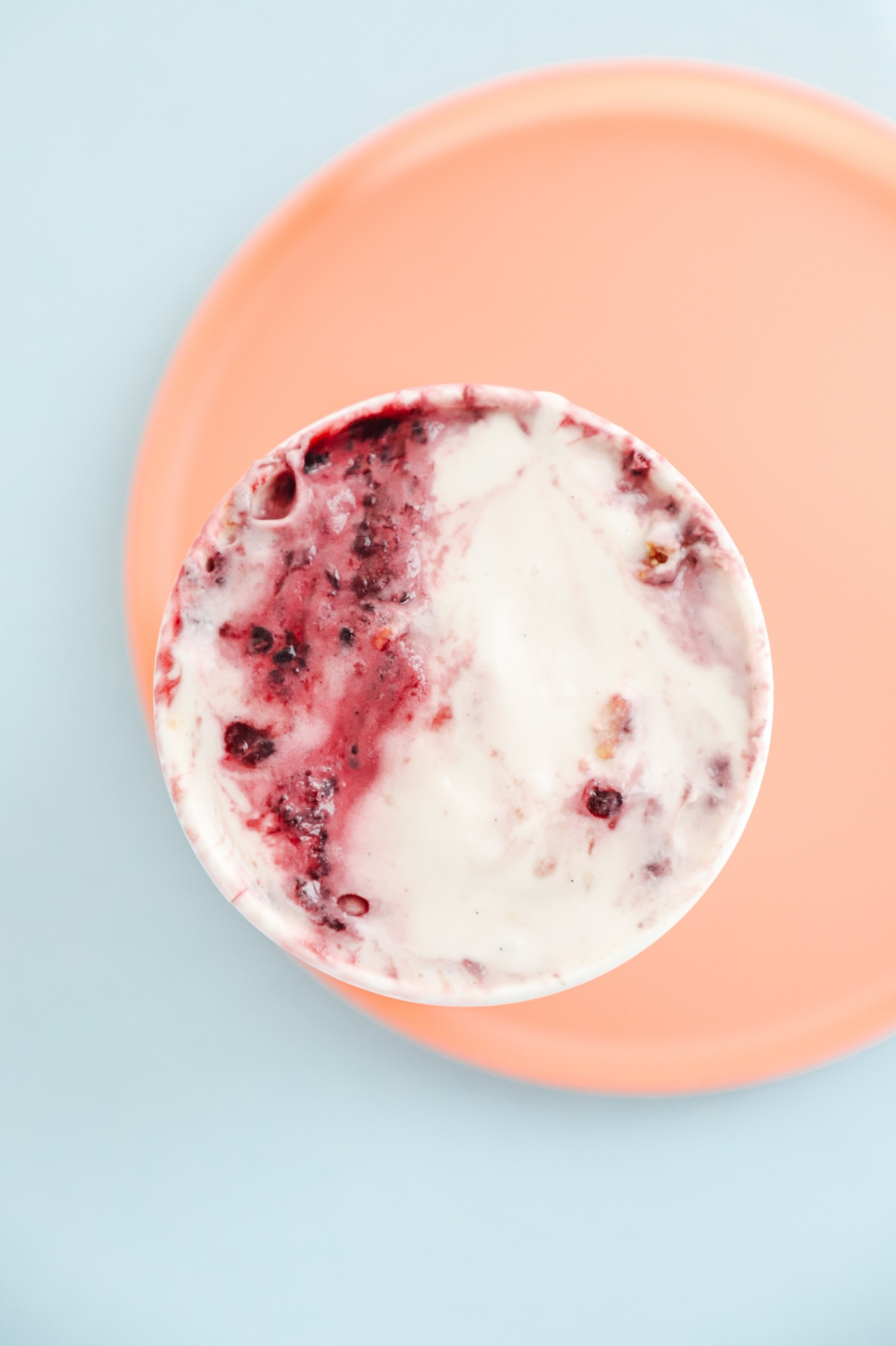
Pro Techniques: A little goes a long way. You don’t need a whole bar; a small square or two is perfect. I tell people to savor it—let it melt slowly on your tongue. It makes the experience far more satisfying. Just a heads-up, it does contain some caffeine, so if you’re sensitive, it’s best to enjoy it earlier in the day.
Putting It All Into Practice
Knowing this stuff is great, but making it happen is what counts. Here’s how to get started without feeling overwhelmed.
Your Quick Win for Today
Let’s not wait for tomorrow. Try this simple swap: Instead of your usual afternoon snack, have a small handful of almonds and one square of 70% dark chocolate. Pay attention to how you feel an hour later. You might be surprised by the steady energy.
A Sample Day of Mood-Boosting Meals
Think of this as inspiration, not a strict diet:
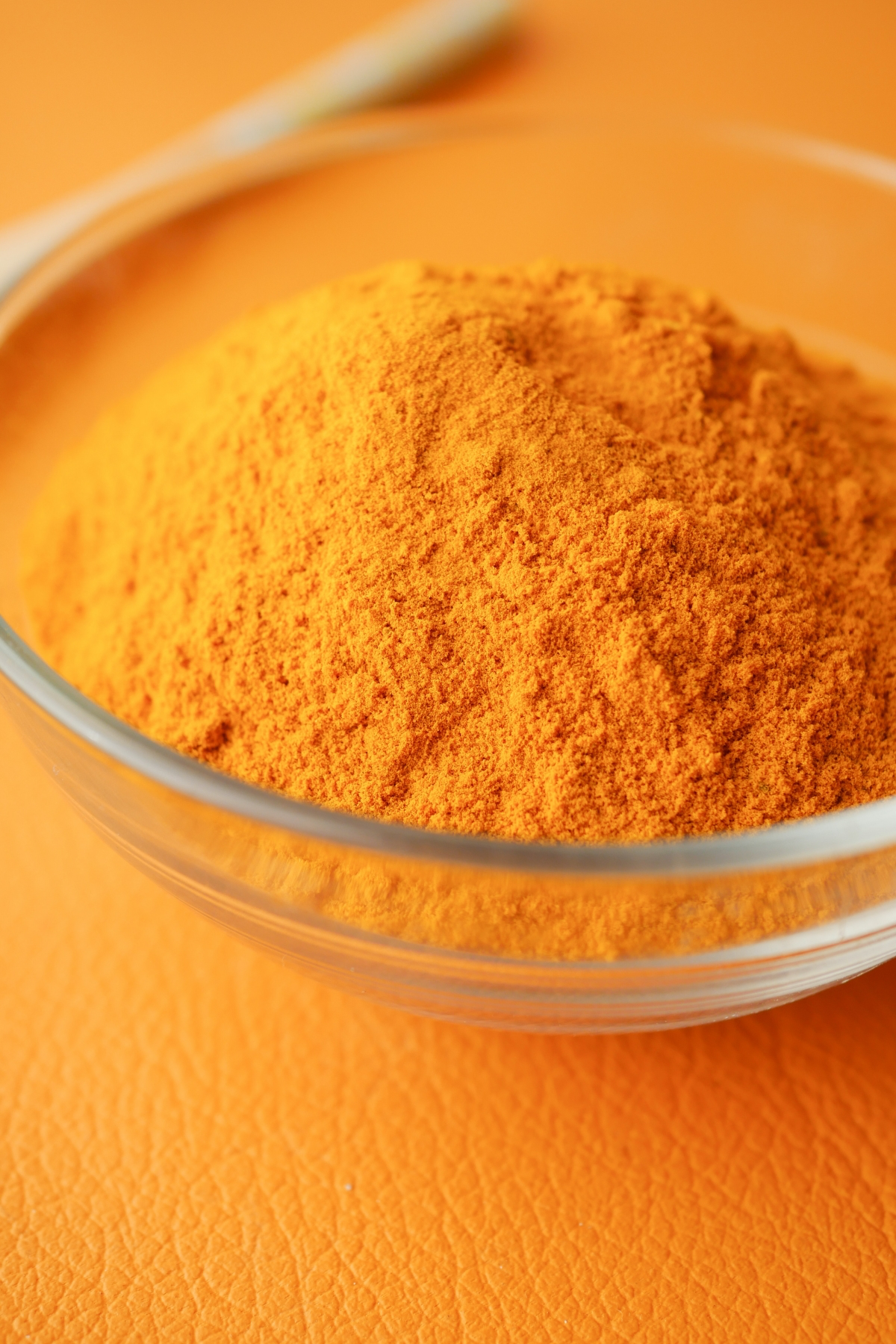
- Breakfast: A bowl of oatmeal (complex carb) topped with a handful of frozen blueberries (antioxidants) and a spoonful of chopped walnuts (omega-3s).
- Lunch: A big salad with a spinach base (folate), topped with grilled chicken or chickpeas for protein, and a cup of plain kefir on the side (probiotics).
- Dinner: A baked salmon fillet (omega-3s) served with a roasted sweet potato (complex carb) and some steamed broccoli.
Safety First: The Important Disclaimers
Okay, let’s have a quick but serious chat. This is all for educational purposes, not medical advice.
- Medication Interactions: Some foods can interact with certain meds. For example, aged and fermented foods are high in tyramine, which can be dangerous with a class of antidepressants called MAOIs. Always, always talk to your doctor or pharmacist about this.
- Listen to Your Body: We’re all different. A food that one person thrives on might not work for you. If something consistently makes you feel bad, it’s not the right food for you, no matter how “healthy” it is.
- Talk to a Pro: Before you make any big dietary changes, especially if you have a health condition or are pregnant, please chat with a registered dietitian or your doctor. They can help you create a plan that’s safe and tailored to you.
Ultimately, seeing food as a way to support your mental well-being is a game-changer. It’s not about being perfect; it’s about making small, consistent choices that nourish you from the inside out. This is a powerful form of self-care.
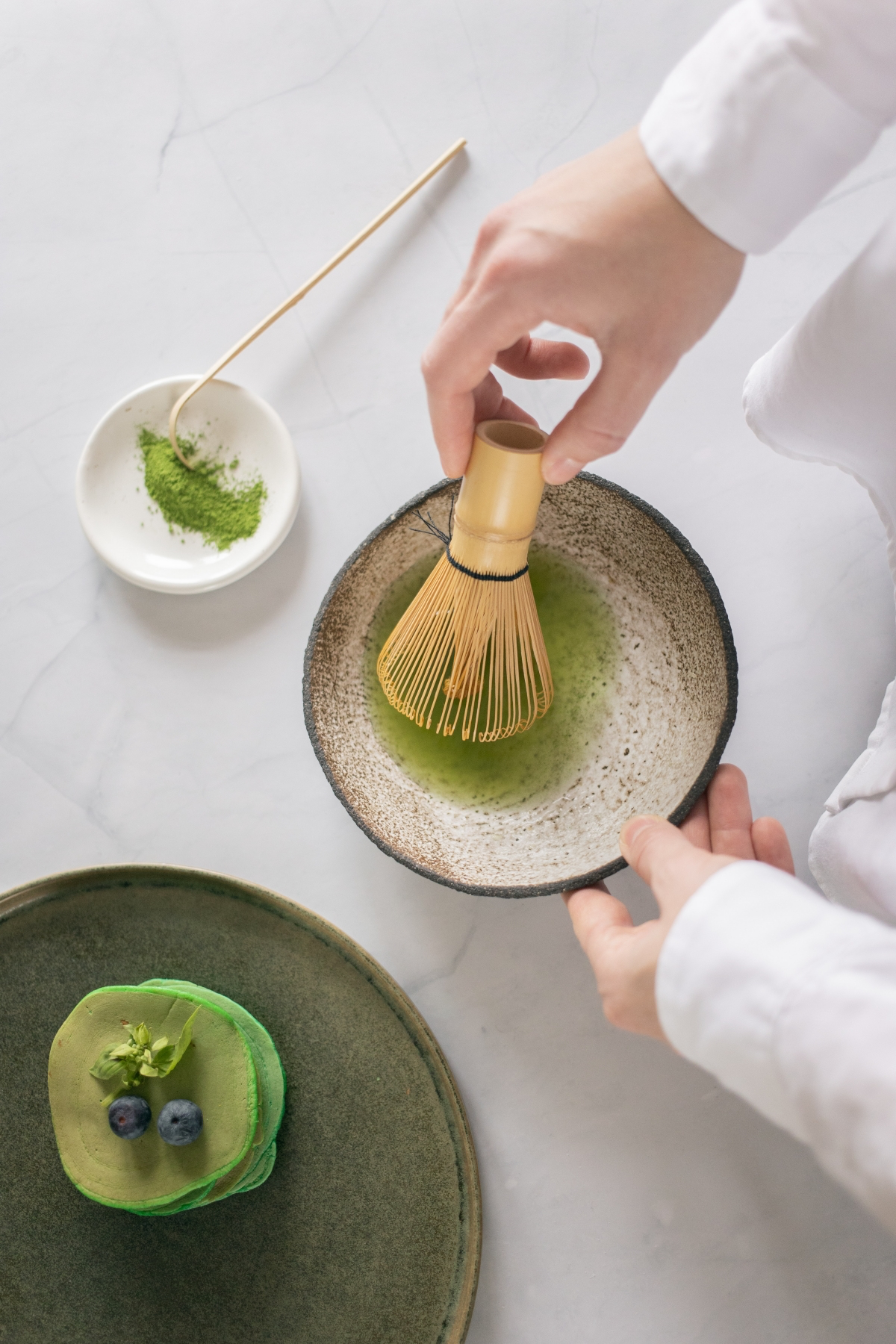
So, what’s one small change you’re excited to try this week after reading this? I’d love to hear about it in the comments below!
Inspiration:

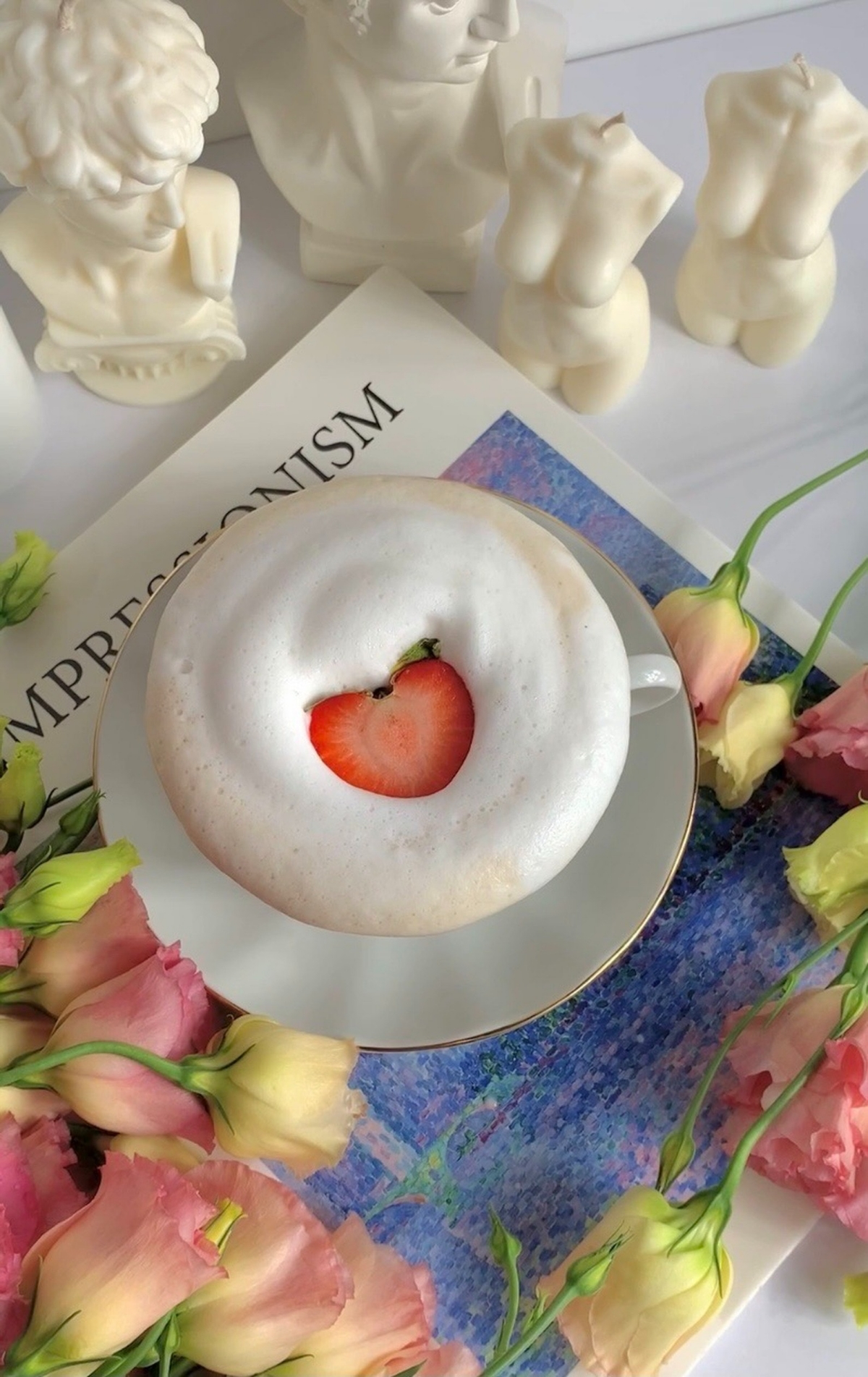
The 5-Minute Mood-Boosting Pantry: Having the right ingredients on hand is half the battle, especially on low-energy days. Stock your shelves with these powerhouses to make brain-healthy meals effortless.
- Canned Wild Salmon: Unlike tuna, wild salmon is a prime source of omega-3s (DHA and EPA), crucial for brain cell structure. A can from a sustainable brand like Wild Planet is a quick salad or pasta topper.
- Lentils & Chickpeas: Packed with fiber for your gut microbes and folate, a B-vitamin linked to neurotransmitter production.
- Raw Walnuts: The only nut with a significant amount of plant-based omega-3s (ALA).
- High-Cacao Dark Chocolate (70%+): A square of quality chocolate from brands like Alter Eco or Hu Kitchen provides flavonoids and magnesium, which can help regulate the nervous system.
Nearly 90% of the body’s serotonin, the key mood-stabilizing neurotransmitter, is produced in the gut.
This staggering fact reframes everything. It means that what you feed your gut microbiome directly impacts your brain’s “feel-good” capacity. A diet rich in diverse, fiber-filled plants—like onions, leeks, asparagus, and bananas—acts as a prebiotic, feeding the beneficial bacteria that produce this vital chemical. Think of your grocery cart as a tool not just for your stomach, but for your mind.










